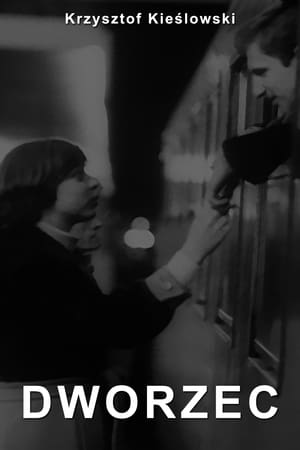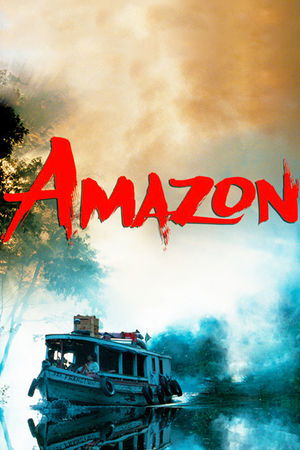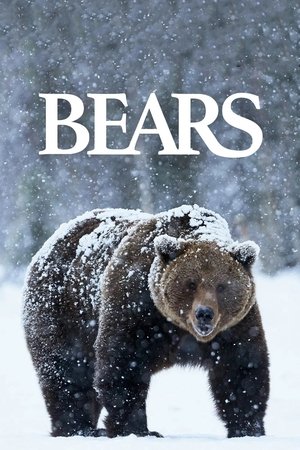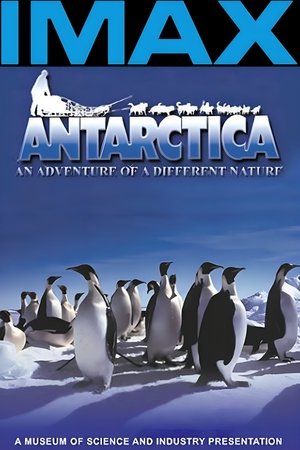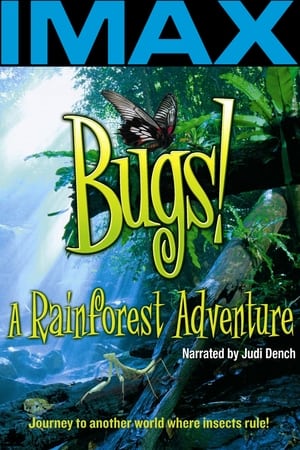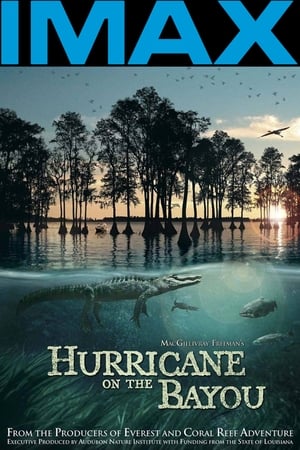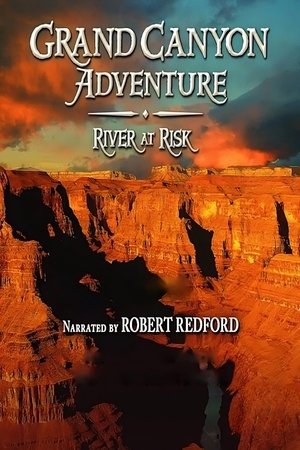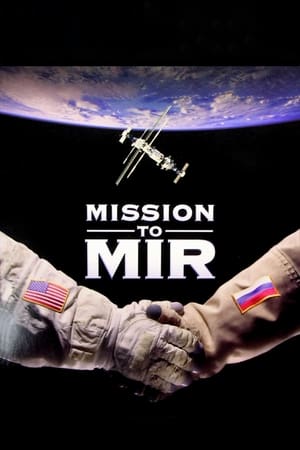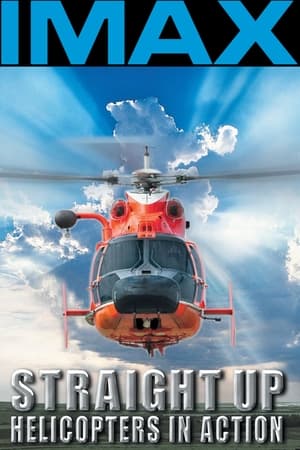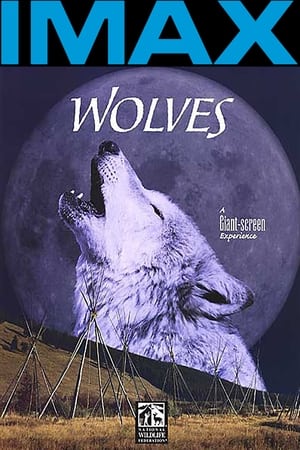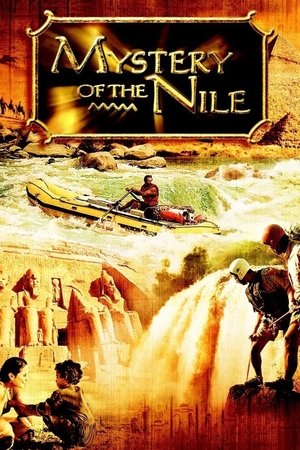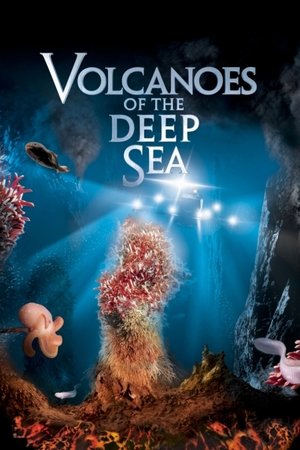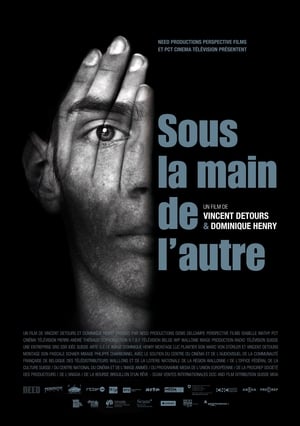Overview
This short film shows how the war department utilizes a Ph.D., a chimp, and three dogs to help design aptitude tests for men applying for work.
Reviews
There’s something of the Pavlov’s dog to this short feature that illustrates quite amusingly that an initiative test is likely to provide a better candidate for a job than just randomly selecting one based on what they might look like. Whilst that latter technique might work better if you want a lumberjack, it’s not so effective when you need a problem solver or someone who can focus when all hell is breaking loose nearby. This isn’t just an analysis of how people deal with these tests, but we also see three dogs using associative theory to assess the likelihood of food coming and there’s a scene stealing chimp that best combines it’s wits with it’s innate nimbleness to get the banana. Is this a serious documentary or is it a spoof? I don’t know, but with a quickly-paced narration and some wet feet, it’s worth ten minutes.

 10 min
10 min
 6.9
6.9
 1941
1941
 USA
USA
 CinemaSerf wrote:
CinemaSerf wrote: